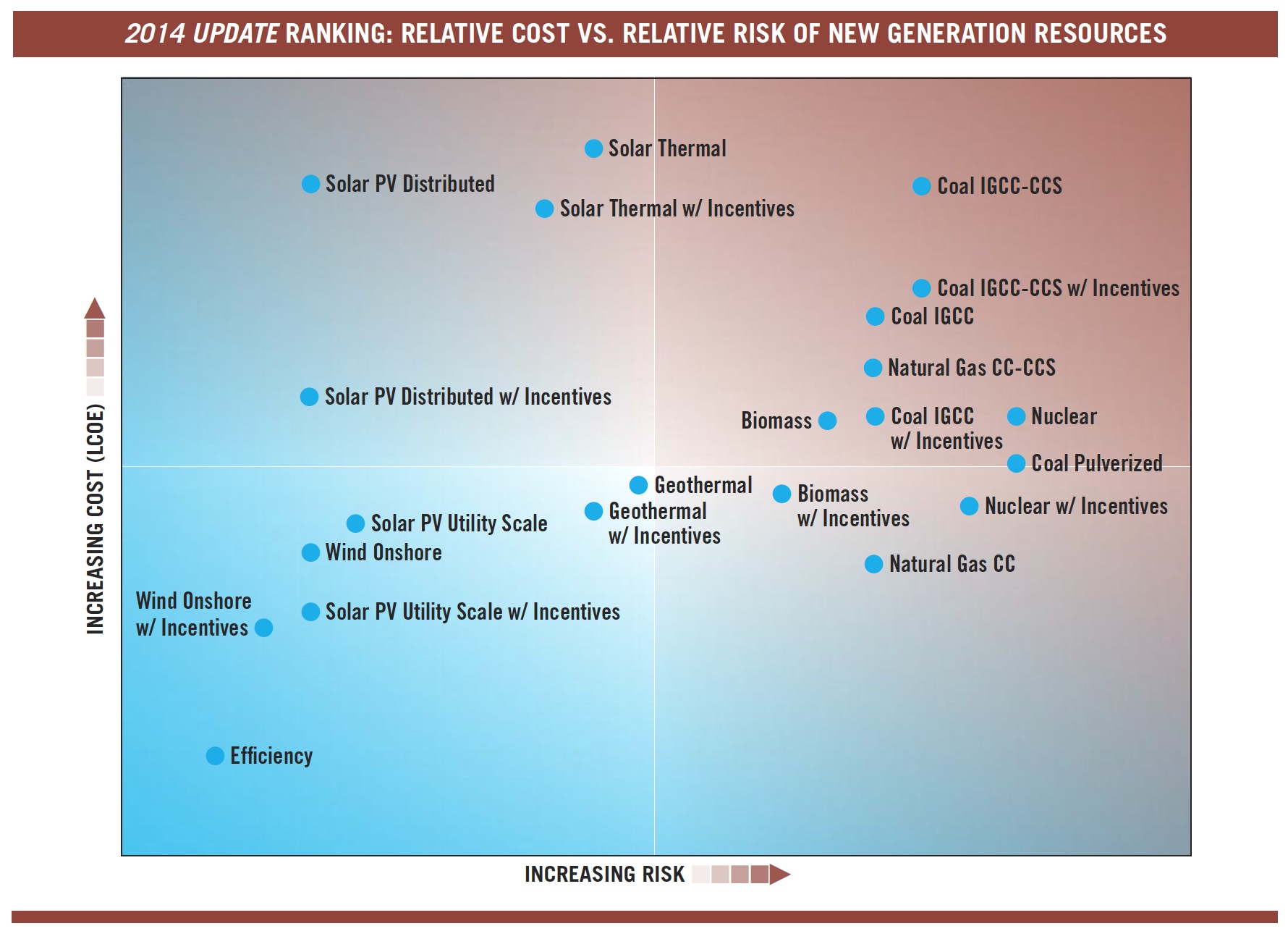
CERES
View this complete post...







John Hennessy III,
P.E.





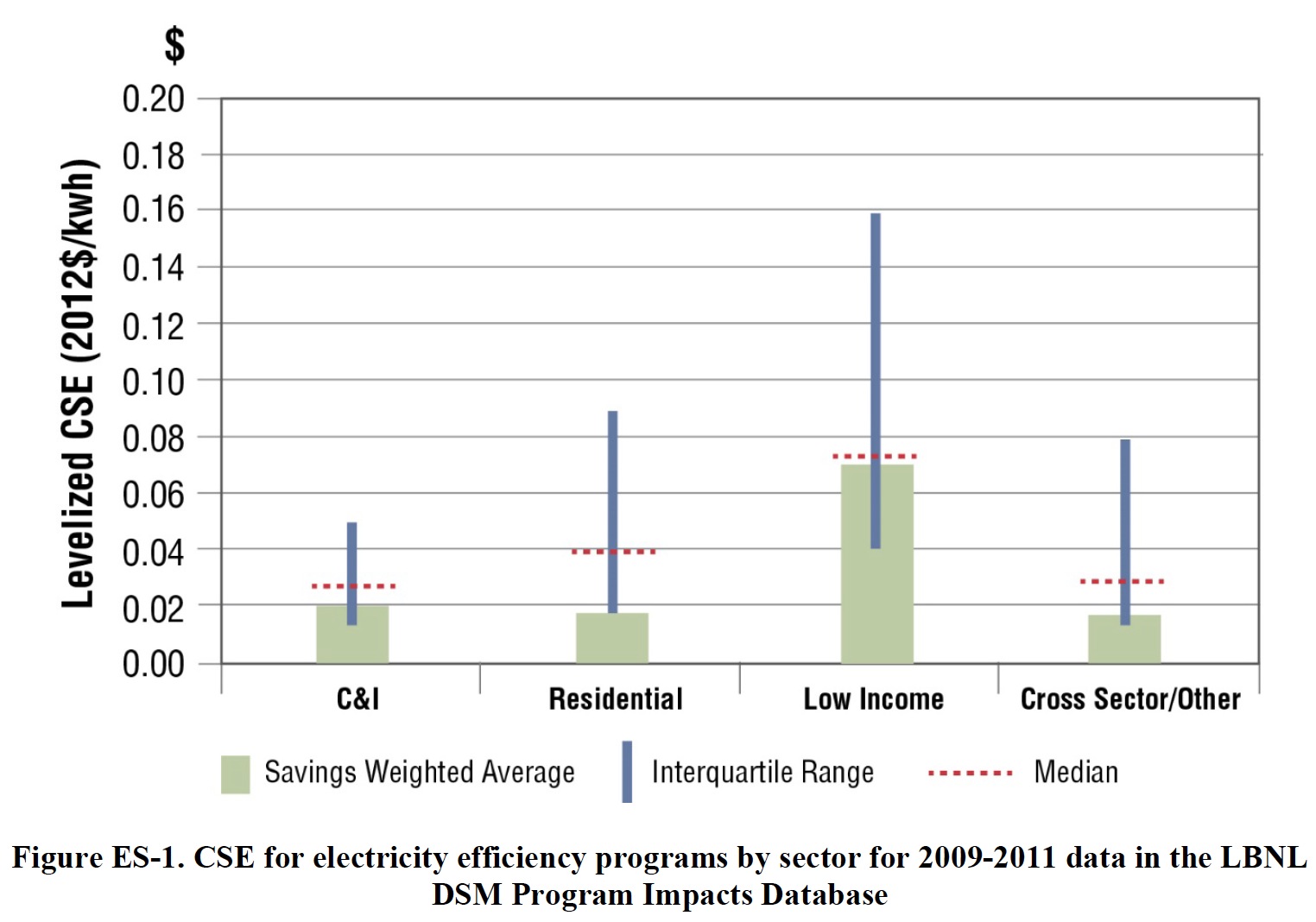
ERNEST ORLANDO LAWRENCE BERKELEY NATIONAL LABORATORY
End-use energy efficiency is increasingly being relied upon as a resource for meeting electricity and natural gas utility system needs within the United States. There is a direct connection between the maturation of energy efficiency as a resource and the need for consistent, high-quality data and reporting of efficiency program costs and impacts. To support this effort, LBNL initiated the Cost of Saved Energy Project (CSE Project) and created a Demand-Side Management (DSM) Program Impacts Database to provide a resource for policy makers, regulators, and the efficiency industry as a whole.

Bowdoin’s new solar panel complex — which includes a field of panels at the former Navy base and panels atop the Watson, Farley and Greason athletic buildings — went online in October. More than six times the size of the next largest existing solar project in Maine, this system will provide about 8% of the College’s electricity. SolarCity will install an additional 12-kW system on the new residence hall at 52 Harpswell Road later this year.
View this complete post...
By Rebecca Phillips, University Communications, Washington State University PULLMAN, Wash. – Ice-free pavement. “Smart snowplows.” Vegetable juice ice-melt. Cold-climate researchers at Washington State University are clearing the road with green alternatives to the salt, sand and chemicals typically used for highway snow and ice control. As a nation, “we are kind of salt addicted, like […]
View this complete post...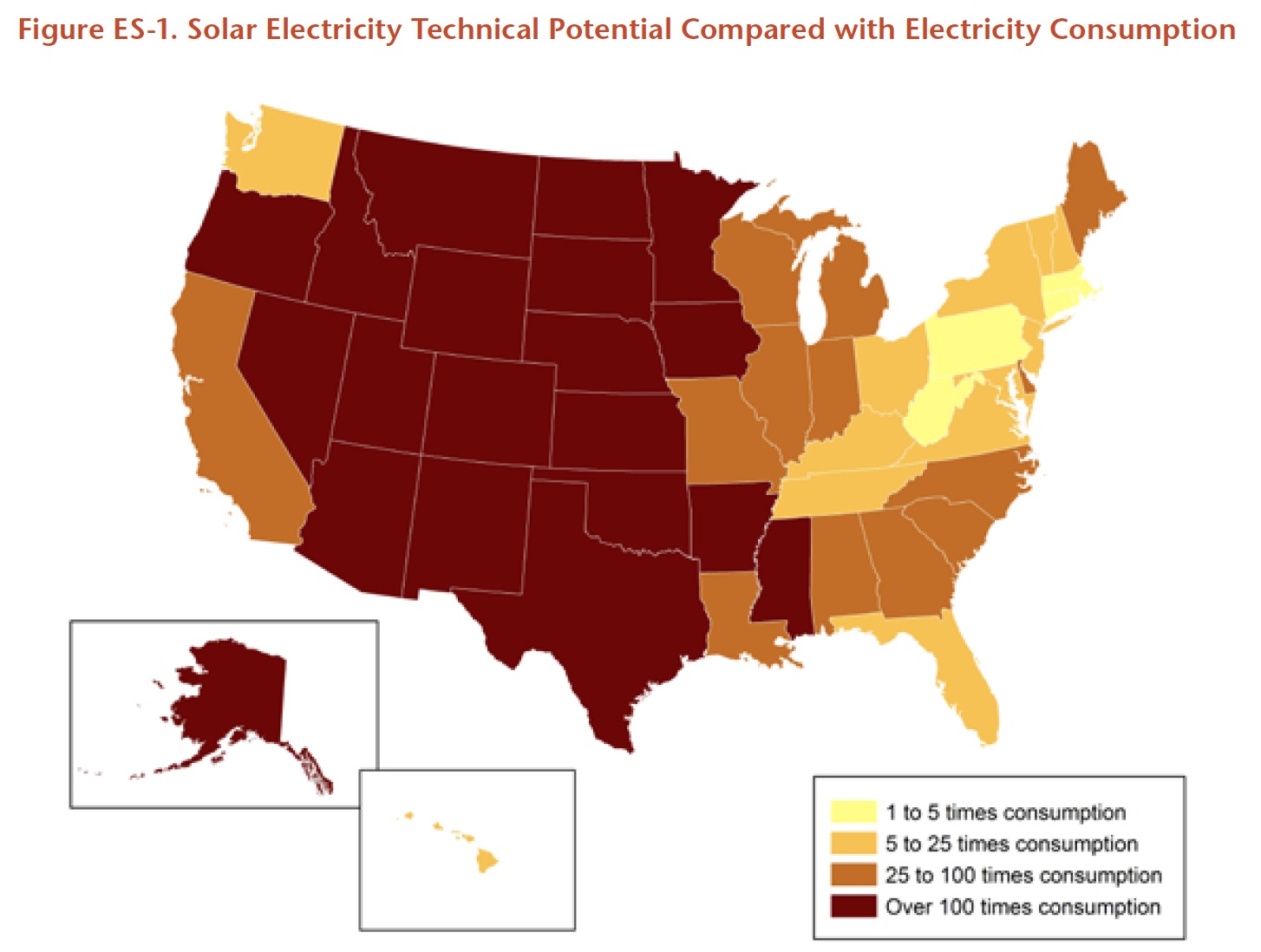
ENVIRONMENT AMERICA
Nationally, solar PV capacity increased at a rate of 77 percent per year from 2010 to 2013. If solar installations continue to increase at less than one-third of that annual rate of growth (22 percent) between 2013 and 2030, America would have enough solar energy to generate 10 percent of its electricity.
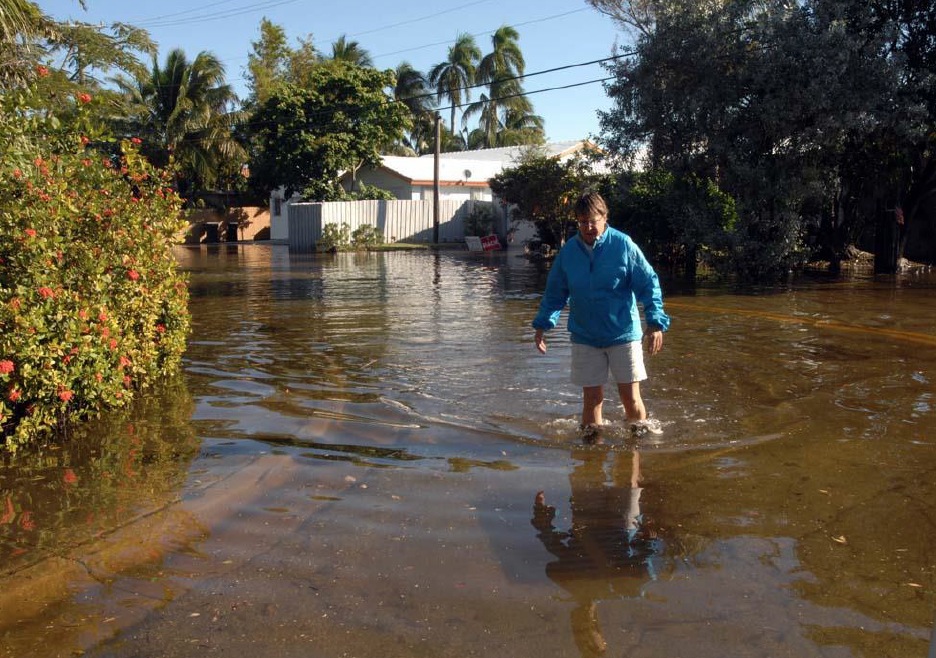
PRESIDENT’S STATE, LOCAL, AND TRIBAL LEADERS TASK FORCE ON CLIMATE PREPAREDNESS AND RESILIENCE
At state, local, tribal, and territorial levels, leaders are making bold decisions on ways to invest in more resilient infrastructure, revise land use, update building codes, and adjust natural resource management and other practices to improve the resilience of their communities to climate impacts. The Federal Government has a critical role to play in supporting these efforts by ensuring that Federal policies and programs incorporate climate change, incentivize and remove barriers to community resilience, and provide the information and assistance communities need to understand and prepare for climate risks.

With the new solar farm on campus, you can look forward to an even brighter future.
View this complete post...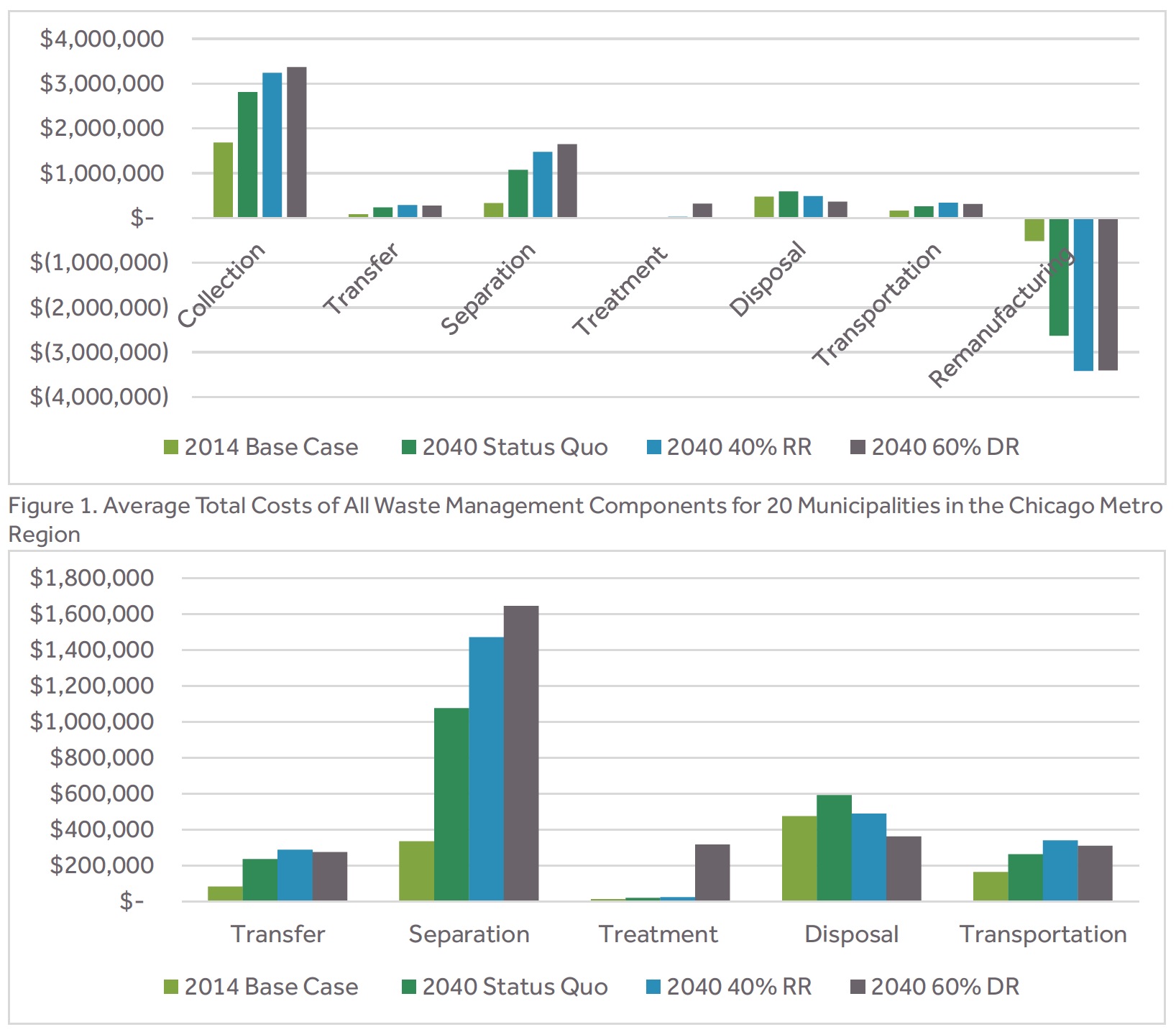
DELTA INSTITUTE
The Chicago Metropolitan Region’s waste management statistics lag behind national averages. Currently, Cook County residents produce 7 pounds of waste per day compared to the average American who generates 4.4 pounds of waste per day, and Cook County’s 29% (excluding Chicago) recycling rate trails the national average of 34%. Concerned by Cook County’s above-average waste generation and below-average recycling rate, Delta Institute sought to determine the existing conditions of the region’s waste management system and its associated environmental and economic impacts.
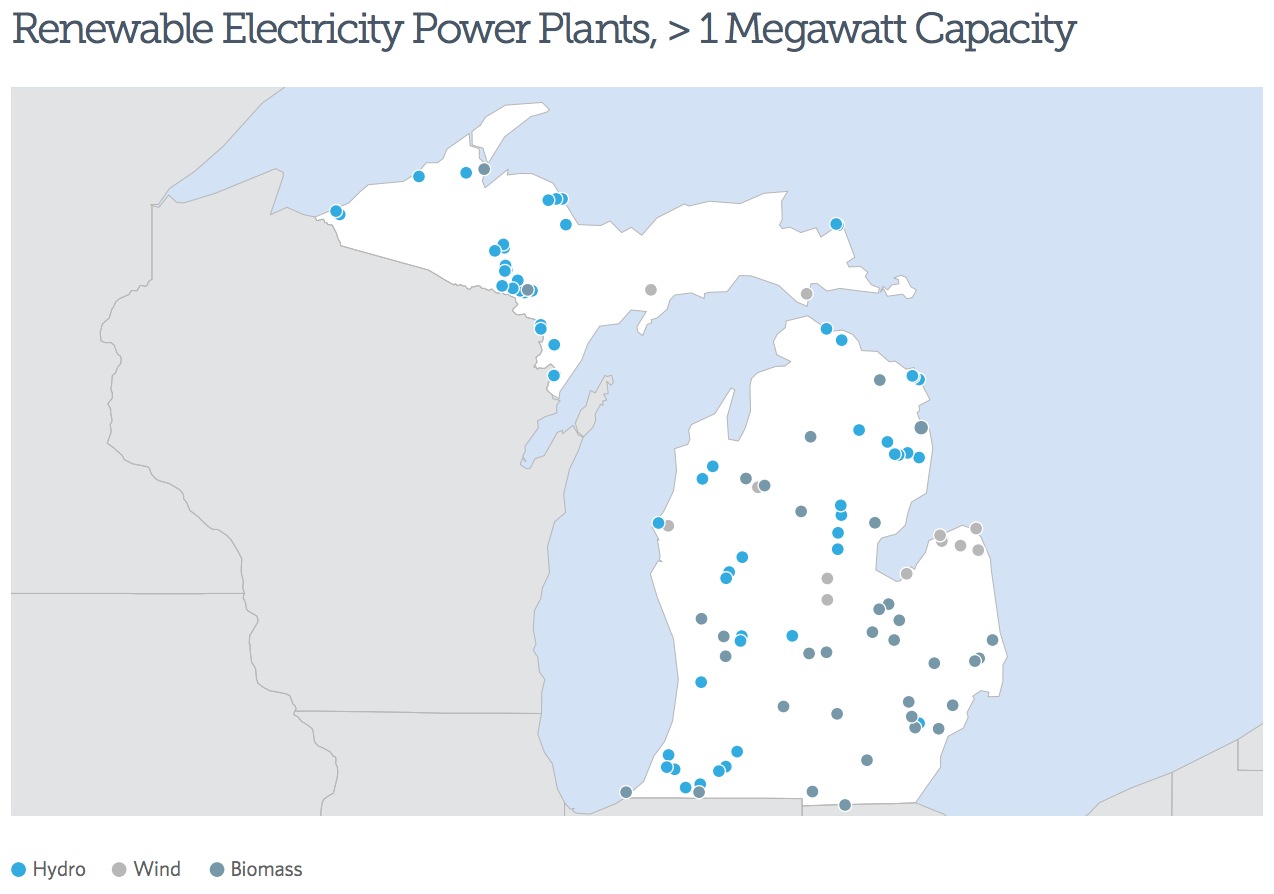
THE PEW CHARITABLE TRUSTS
Michigan’s 2008 Clean, Renewable, and Efficient Energy Act established a renewable portfolio standard, which requires electricity providers to generate 10 percent of their sales from renewable resources by 2015. The standard also allows electric utilities to use energy efficiency and other advanced energy technologies to fulfill part of the requirement.
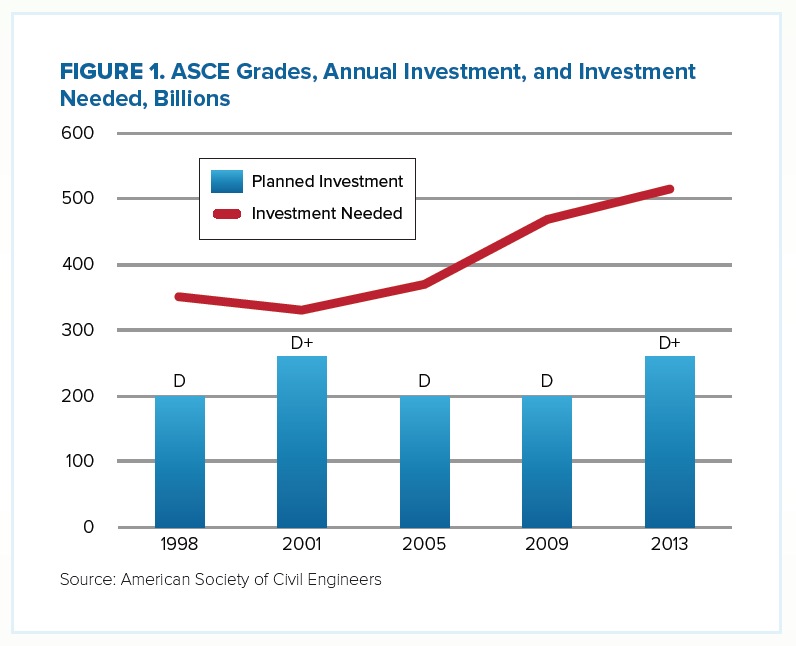
BLUEGREEN ALLIANCE
Much of the physical infrastructure of the United States is in a state of disrepair. As documented by the American Society of Civil Engineers (ASCE) in their 2013 Report Card for America’s Infrastructure, our roads, transit systems, dams, and airports need billions of dollars of investment to return them to adequacy. Our water, air, and land are threatened by aging systems designed to provide safe drinking water, handle hazardous waste, treat wastewater, and manage our solid waste. Half of our schools were built to educate the generation that is now retiring, and our electric grid is widely recognized as being incapable of meeting the needs of our changing energy system.
Follow InfrastructureUSA
Video, stills and tales. Share images of the Infra in your community that demands attention. Post your ideas about national Infra issues. Go ahead. Show Us Your Infra! Upload and instantly share your message.
Is the administration moving fast enough on Infra issues? Are Americans prepared to pay more taxes for repairs? Should job creation be the guiding determination? Vote now!
What do the experts think? This is where the nation's public policy organizations, trade associations and think tanks weigh in with analysis on Infra issues. Tell them what you think. Ask questions. Share a different view.
The Infra Blog offers cutting edge perspective on a broad spectrum of Infra topics. Frequent updates and provocative posts highlight hot button topics -- essential ingredients of a national Infra dialogue.
It is encouraging to finally see clear signs of federal action to support a comprehensive US infrastructure investment plan.
Now more than ever, our advocacy is needed to keep stakeholders informed and connected, and to hold politicians to their promises to finally fix our nation’s ailing infrastructure.
We have already engaged nearly 280,000 users, and hoping to add many more as interest continues to grow.
We require your support in order to rise to this occasion, to make the most of this opportunity. Please consider making a tax-deductible donation to InfrastructureUSA.org.
Steve Anderson
Managing Director
SteveAnderson@InfrastructureUSA.org
917-940-7125